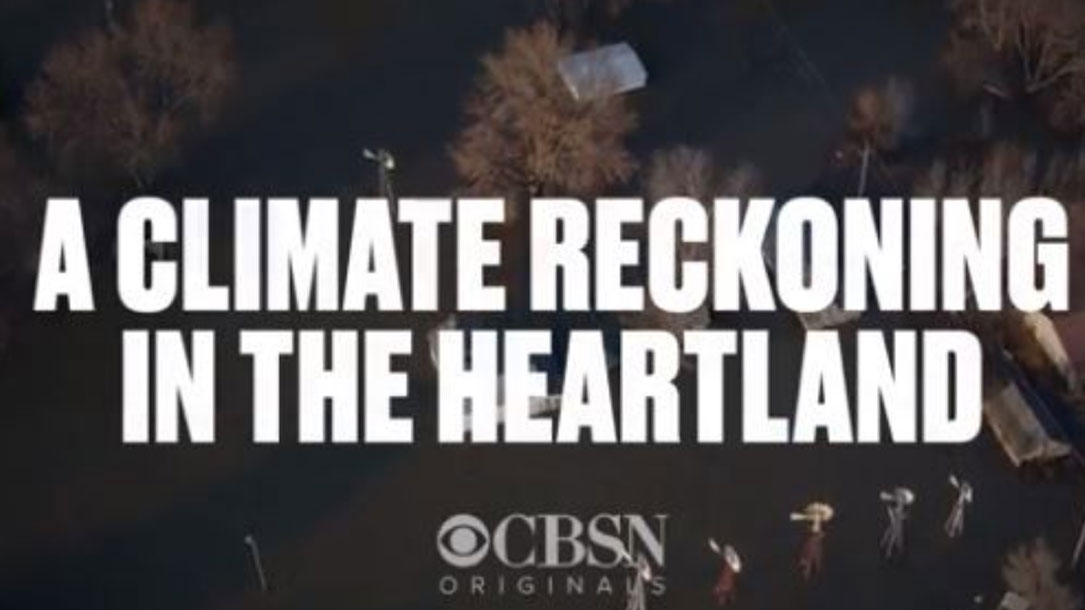
“I’m not a climate change guy, but…” Farmers reckon with new reality in the heartland: Video
The reality is that protecting land for future generations is now more at risk than ever before: families’ lives are at stake. We need to rethink what conservation will mean into the future.
In response to troubling weather patterns and climate changes, some farmers in Nebraska are considering new solutions to keep their businesses afloat. One of those farmers, Graham Christensen, travels the country discussing a green farming initiative called regenerative farming…

The next regeneration
From behind the wheel, Ben Dobson, the farm manager, explained why his farm was unseasonably busy. “The basic premise of what people are now calling ‘carbon farming’ is that the earth’s surfaces were made to photosynthesize,” he said, eyeing his fields with a relaxed confidence.
It’s all part of a natural cycle: On warm days, Dobson’s crops pull carbon dioxide from the sky and release it into the soil where it nourishes developing plants. Even in the dead of winter, the fields are full of roots working to keep carbon in the soil. This is one of the ways that Dobson’s farm is able to keep carbon dioxide, the main greenhouse gas responsible for climate change, in the ground…

The new plan to remove a trillion tons of carbon dioxide from the atmosphere? Bury it in farmland.
“Carbon dioxide levels in the atmosphere [recently] surpassed 415 parts per million, the highest in human history. Environmental experts say the world is increasingly on a path toward a climate crisis.
The most prominent efforts to prevent that crisis involve reducing carbon emissions. But another idea is also starting to gain traction—sucking all that carbon out of the atmosphere and storing it underground.
But an upstart company, Boston-based Indigo AG, now wants to transform farming practices so that agriculture becomes quite the opposite of what it is today (a major source of greenhouse gas emissions)…
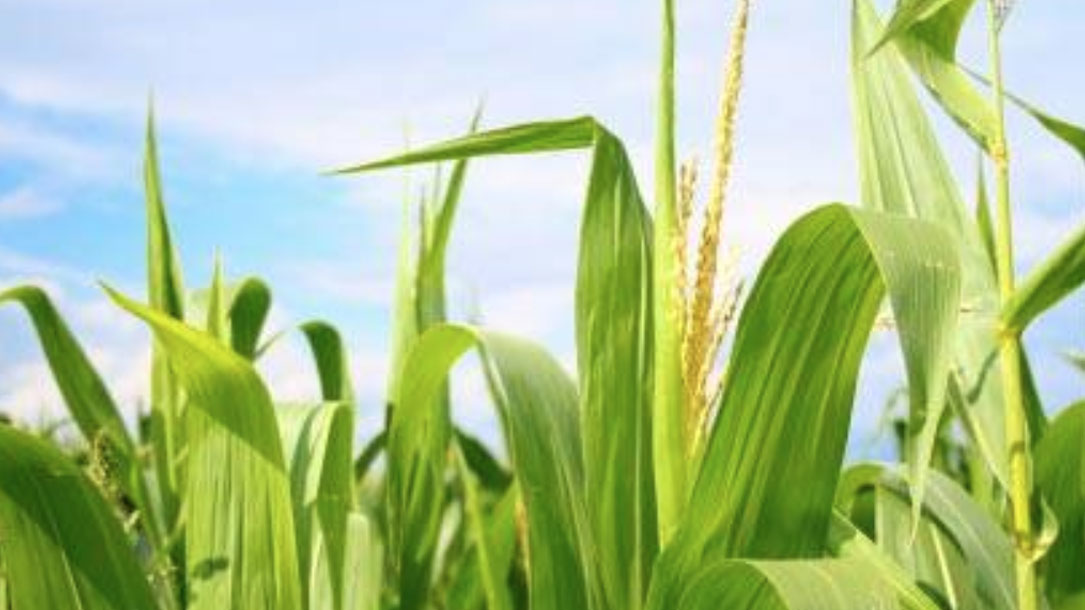
Corn’s Troubled Future Under Climate Change
“There’s something horribly ironic about the recent report from Environment America that suggests American corn yields will decline 3 percent in coming years due to anthropogenic global warming.
The report itself is bad news.
It suggests that contrary to much-ballyhooed studies and predictions that American crop yields will increase due to a longer growing season and the carbon fertilization effect, which increases crop growth due to greater atmospheric carbon for plants to feed on, American corn farmers in coming years will lose over a billion dollars in revenue annually as irregular precipitation and overly-warm temperatures stunt crop growth…”
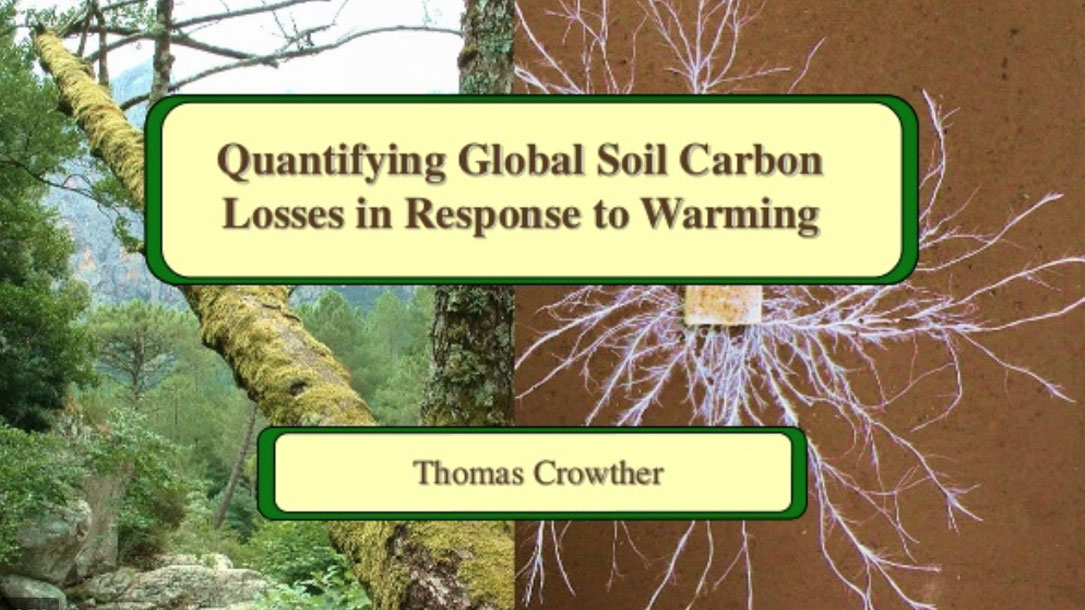
Quantifying global soil carbon losses in response to warming
“The majority of the Earth’s terrestrial carbon is stored in the soil. If anthropogenic warming stimulates the loss of this carbon to the atmosphere, it could drive further planetary warming. Despite evidence that warming enhances carbon fluxes to and from the soil, the net global balance between these responses remains uncertain. Here we present a comprehensive analysis of warming-induced changes in soil carbon stocks by assembling data from 49 field experiments located across North America, Europe and Asia. We find that the effects of warming are contingent on the size of the initial soil carbon stock, with considerable losses occurring in high-latitude areas…”
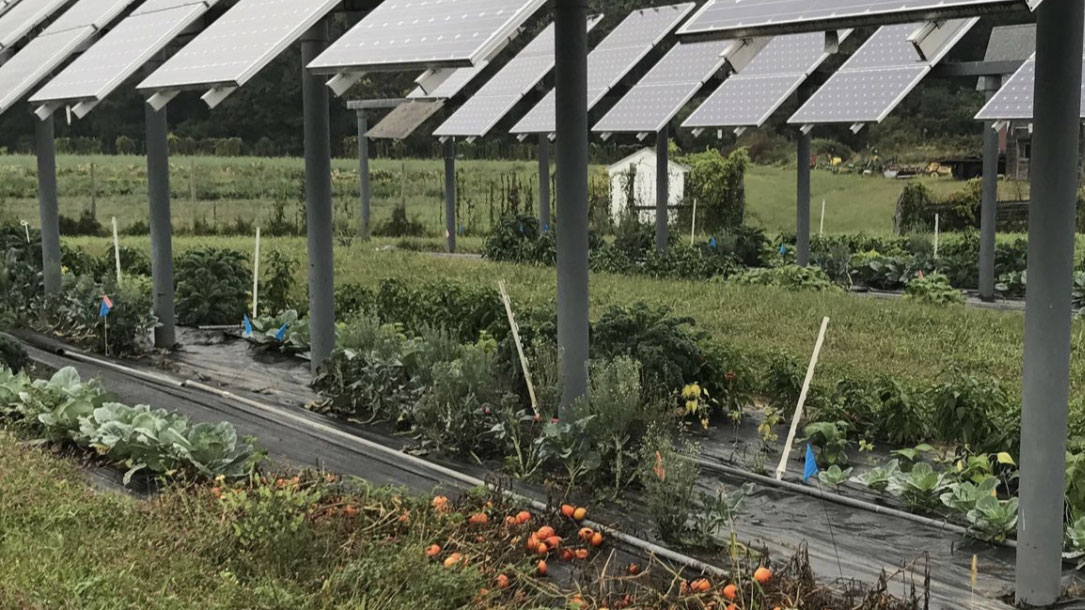
Michigan to Allow Commercial Solar Panels on Conserved Farmland
“This administrative decision will not result in a loss of useable farmland,” MDARD Director Gary McDowell said in a statement. “The change ensures that Michigan’s farmland is preserved so we can continue to feed our communities while also balancing the need to develop renewable energy sources. This is an exciting new opportunity for Michigan’s farmers to diversify while they continue to face challenging circumstances.”
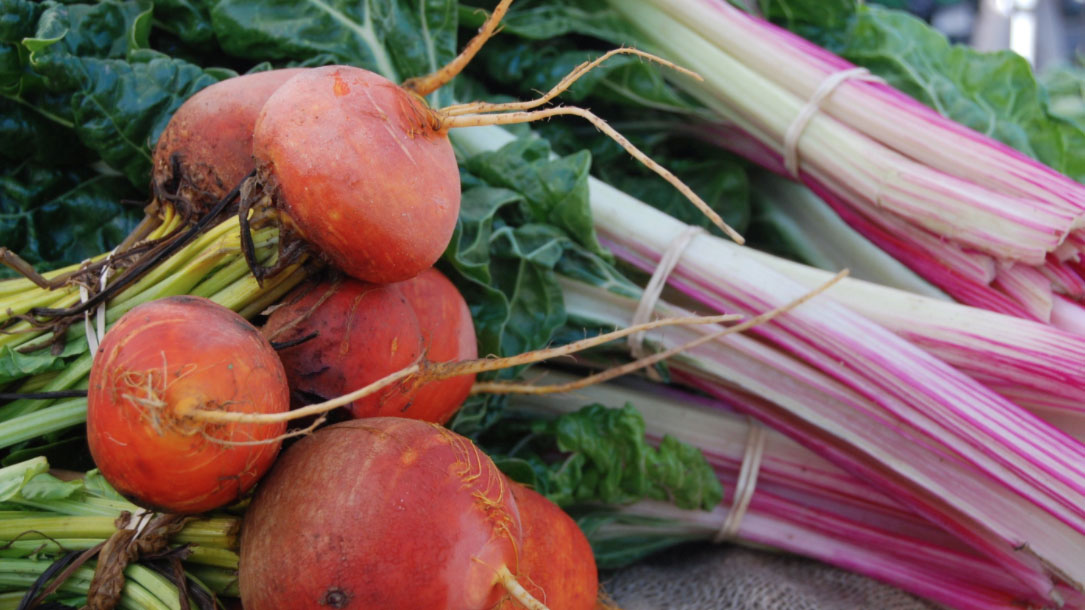
High CO2 Levels Will Wreck Plants’ Nutritional Value, so Don’t Plan on Surviving on Vegetables
“Our emission of greenhouse gases from burning fossil fuels is reducing the nutritional quality of our food,” says Kristie Ebi, the University of Washington professor who was the lead author on the Intergovernmental Panel on Climate Change’s (IPCC) blockbuster report last fall on the need to limit global warming to below 1.5 degrees Celsius.
Ebi directly refuted an idea that’s been floating around for a while about the effect of CO2 on food production and global hunger. Technically, plants need CO2 to survive: they bring it in, break it down, and rely on carbon to grow…
“It’s not just us,” Ebi says. Animals like cows that rely on grains and plants for their diet produce meat and milk that contain fewer nutrients and vitamins, and people who eat meat take in fewer of those crucial resources…

As climate change bites in America’s midwest, farmers are desperate to ring the alarm
“Richard Oswald did not need the latest US government report on the creeping toll of climate change to tell him that farming in the midwest is facing a grim future, and very likely changing forever.
For Oswald, the moment of realisation came in 2011.
The 68-year-old lives in the house he was born in and farms 2,500 acres with his son, some of it settled by his great-great-grandfather. The land sits where the Missouri river valley is about four miles wide.
Growing up, Oswald heard tales of a great flood in 1952 which prompted the army to construct levees…”
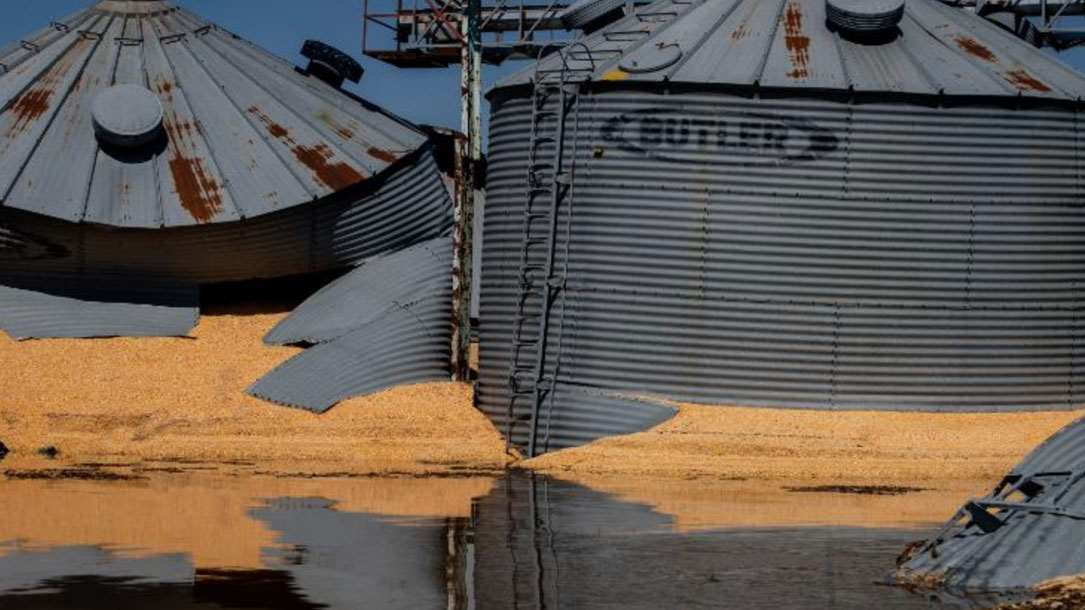
The Midwest flooding has killed livestock, ruined harvests and has farmers worried for their future
(CNN)Farmers in parts of Nebraska and Iowa had precious little time to move themselves from the floodwaters that rushed over their lands last week, so many left their livestock and last year’s harvest behind.
Now as they watch the new lakes that overtook their property slowly recede, some have a painfully long time to reflect: They lost so much, staying in business will be a mighty struggle.
Across parts of the Midwest, hundreds of livestock are drowned or stranded; valuable unsold, stored grain is ruined in submerged storage bins; and fields are like lakes, casting doubt on whether they can be planted this year.
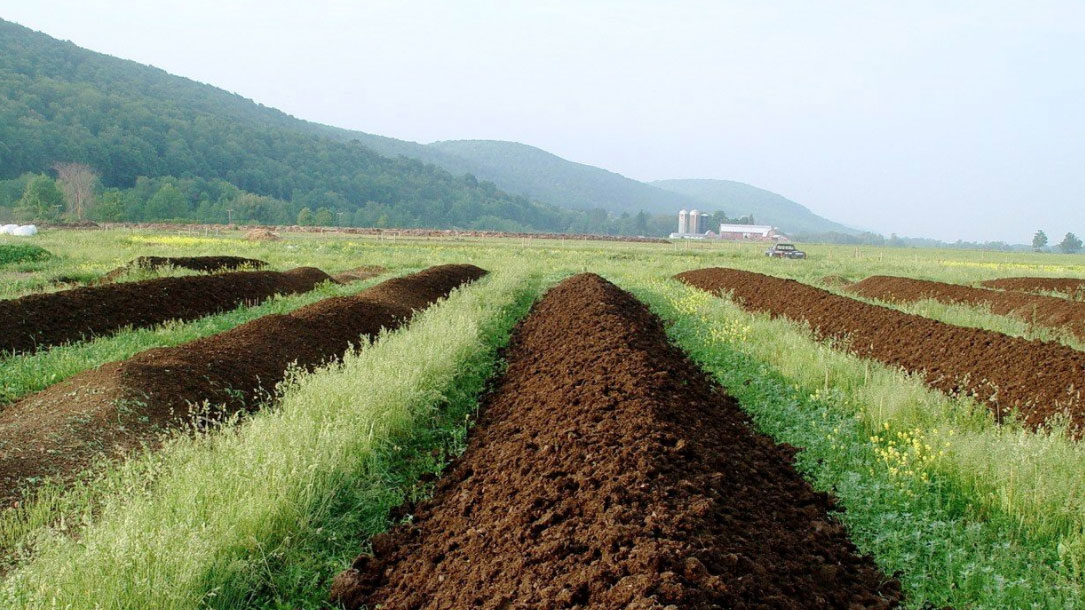
Farm Bureau Shows Little Concern About Climate Change Agricultural Effects
Those of us who don’t grow our own food may lose sight of how much risk is involved in agriculture. But the recent floods in the Midwest are a startling reminder that farming can be a precarious occupation because of climate change, with its unpredictable and sometimes downright wild weather.
Not enough water or far too much; sweltering days or frigid ones; and unexpected shifts in the timing of all these things can put farmers in trouble. As the headline of a worthwhile overview story in The Guardian puts it, “As Climate Change Bites in America’s Midwest, Farmers are Desperate to Ring the Alarm.”












